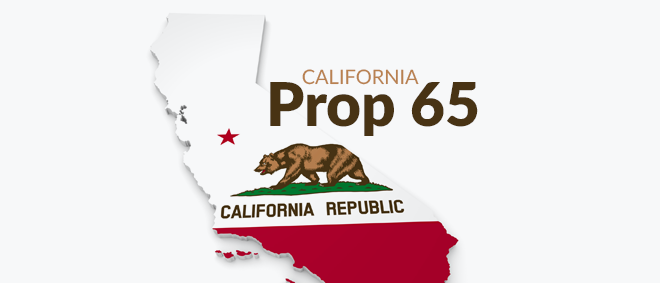Has the final bell rung for PFAS in food packaging? On February 28, 2024, the Food and Drug Administration (FDA) announced that all grease-proofing agents containing per- and polyfluoroalkyl substances (PFAS)[1] “are no longer being sold for use in food packaging in the U.S.”[2] A complete elimination of chemical substances is an uncommon FDA measure, and academics studying PFAS have heralded this FDA announcement as a victory for the public.[3] However, because it is a voluntary phase-out, food companies should not rely on this statement or assume that the packaging they use going forward is PFAS-free. Although California has instituted a ban on PFAS in food packaging, the FDA has not.Continue Reading PFAS in Food Packaging: The Beginning of the End?




